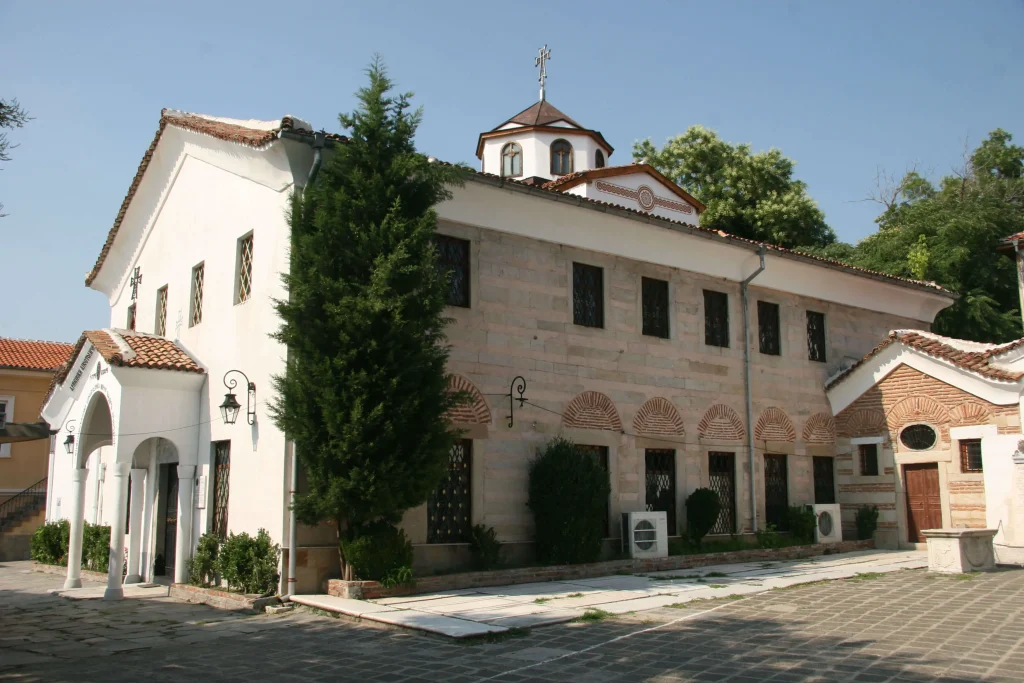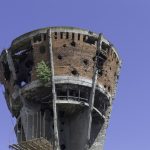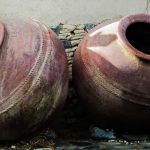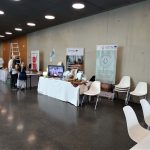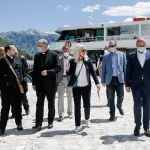Connections between Dubrovnik and Bulgaria date back to as early as the 13th century. These connections weren’t just in a common, political sense, but also in the sense of art and cultural exchange, as noted by Georgius Bulgarus, a Bulgarian blacksmith that stayed in town back in 1218.
This fun fact is the opening of an invitation from the Ivo Pilar Social Research Institute to free up your schedule on September the 23rd for a lecture on the connection between Dubrovnik and Bulgaria by Vinicije B Lupis. The event starts at 19:00 at the Ivo Pilar Social Research Institute’s Dubrovnik location, at the address: Od Kaštela 11.
Vinicije B. Lupis graduated in history and archaeology back in 1992 as well as in art history and theory in 1995, both times at Zadar University. Along with his MA on Ston’s liturgy silver (1998) and his Ph.D. on the topic of the skull relics in the reliquary of the Dubrovnik Cathedral (2004), Lupis began his professional work in 1992 as a conservatory archaeologist in Split and then moved to work in Dubrovnik’s Institute for the Protection of Cultural Monuments.
”Since 2007, Lupis has worked for the Ivo Pilar Social Research Institute, and from 2008 on, he has been the Head of the institute’s Dubrovnik location. He has published hundreds of scientific papers and several books on the topic of sacral heritage, the art history of Dubrovnik and Boka Kotorska (Montenegro). He is the editor of multiple magazines and almanah’s, and as an outside associate of the Croatian Radiotelevision (HRT), he gave his contribution to documentary series on Dubrovnik’s history and heritage,” reads the Ivo Pilar Social Research Institute on its website.
With the lecture being held in Croatian and as such not being very accessible to non-native-speakers, its worth noting some of the interesting key facts about Dubrovnik and Bulgaria that will be the subject of Lupis’s lecture.
Lupis analyses the Renaissance painting of the Lady with Christ from the St. Kevork Armenian Church in Plovdiv, Bulgaria. He dated the picture to be from the beginning of the 16th century and connected it to the Dubrovnik painting circle (which is additionally interesting since this painting is the first renaissance painting in all of Bulgaria). The same church also holds the Engolpion (a medallion with an icon in the centre worn around the neck by Orthodox and Eastern Catholic bishops), which is close to the Dubrovnik-style of production at that time. This is just one example of Dubrovnik’s influence on Bulgarian artistic heritage.
”The (Bulgarian) National gallery in Sofia holds the work of Croatian painters from the Dubrovnik area such as Vlaho Bukovac and Mato Celestin Medović. Dubrovnik as a place of inspiration is especially important for Bulgarian painters such as Bencho Yordanov Obreshkov and Mario Zhekov. Zhekov, the most significant Bulgarian marinist, painted an entire series of Dubrovnik landscapes,” explains the Ivo Pilar Social Research Institute.
This should come as no surprise as the City of Dubrovnik, throughout its history, nurtured relations with various kingdoms and states. These include, as noted by the online edition of Croatian Encyclopedia, the then-Croatia, the Venetians, the Normans, and many others. Dubrovnik also became an independent republic, and history remembers the state for its great diplomacy ( which is valued by Croatian diplomats even today) and for abolishing slavery as early as 1416.
As TCN previously wrote, the Ivo Pilar Social Research Institute’s scientists also made excellent connections with the Slovakian science community and explored the history of relations between the two countries. It has also since expanded its connection in Sarajevo, Bosnia and Herzegovina, as well as in Montenegro with regards to the ethnic Croats of Boka Kotorska.
Learn more about Croatian Art Galleries in Zagreb, Dalmatia, Istria & Slavonia on our TC page.
For more about history in Croatia, follow TCN’s dedicated page.

